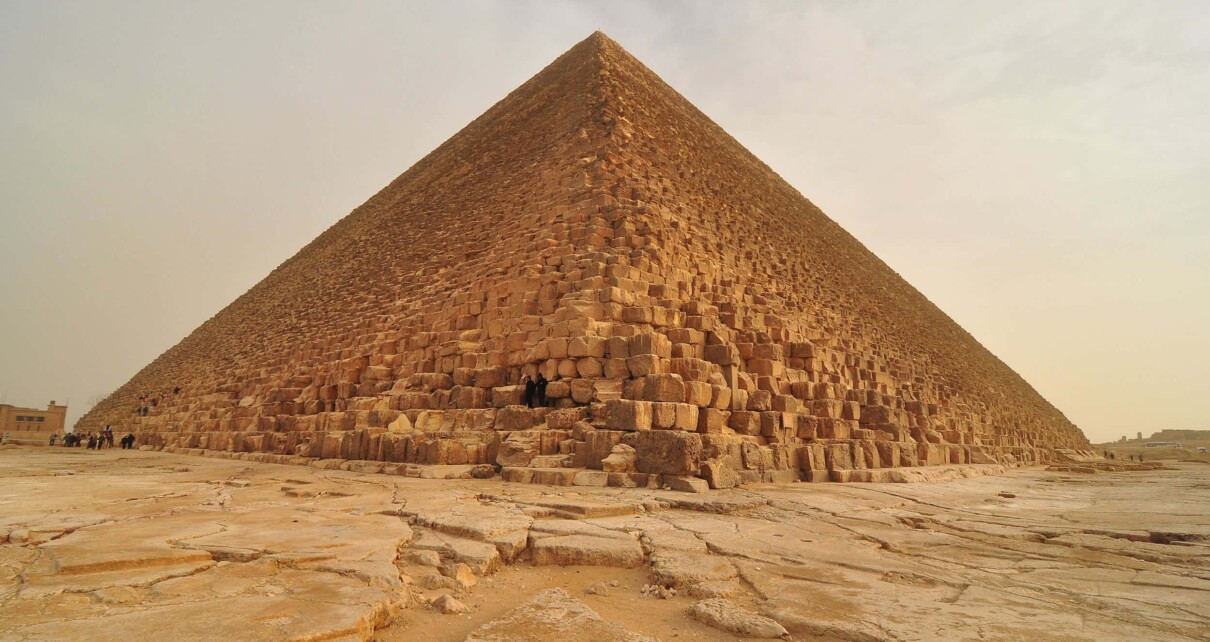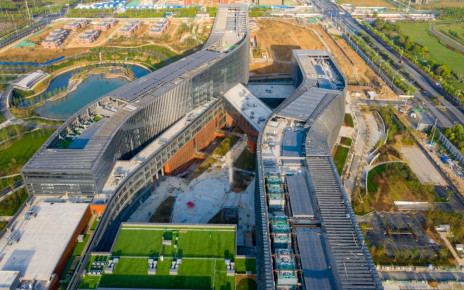[ad_1]

The Great Pyramid at Giza, Egypt, has a hidden corridor that has now been mapped using cosmic rays
MuYeeTing/Getty Images
A previously hidden corridor buried deep in the 4500-year-old Great Pyramid of Giza in Egypt has been mapped in detail for the first time – and researchers have also taken a glimpse inside using an endoscopic camera.
The corridor was first discovered in 2016, but researchers did not want to damage the monument to gain access. The pyramid is the only one of the seven wonders of the ancient world still standing, and was – until the 1889 construction of the Eiffel Tower – the world’s tallest human-made structure at 146 metres. It was built around 2560 BCE during the reign of the Pharoah Khufu.
Using a technique called cosmic-ray muon radiography developed by academics at the University of Nagoya, Japan, the researchers could confirm that the corridor was 9 metres long, with a cross section of about 2 metres by 2 metres.
Cosmic-ray muon radiography tracks the level of radiation passing through the pyramid walls. In the technique, radiation is fired through the pyramid and researchers measure the number of muons that arrive at detectors placed at various points around the monument. Muons are partially absorbed by stone used to build the pyramids, which means the technique allows researchers to identify where there are cavities inside the structure.
The technique has been used to map out the internal structures of pyramids since 1971, when it was first used at Giza.

The known corridors and rooms inside the Great Pyramid
Procureur et al. Nature Communications
Using their precise map of the corridor, the researchers identified an opportunity. “We realised that it was so close to the surface that an endoscopy was possible,” says Sébastien Procureur at the University of Paris-Saclay in France.
They inserted a small camera similar to those used in medical procedures to capture the first glimpse of the corridor in thousands of years.
“We knew the cavity was there, but of course it’s totally different when you see it,” says Procureur. “We felt strange when we saw this.”
Still, Procureur was glad of one thing. “It’s a controversial opinion, but I’m relieved the cavity was empty. I wouldn’t have liked to participate in opening a tomb.”
Topics:
[ad_2]
Source link




